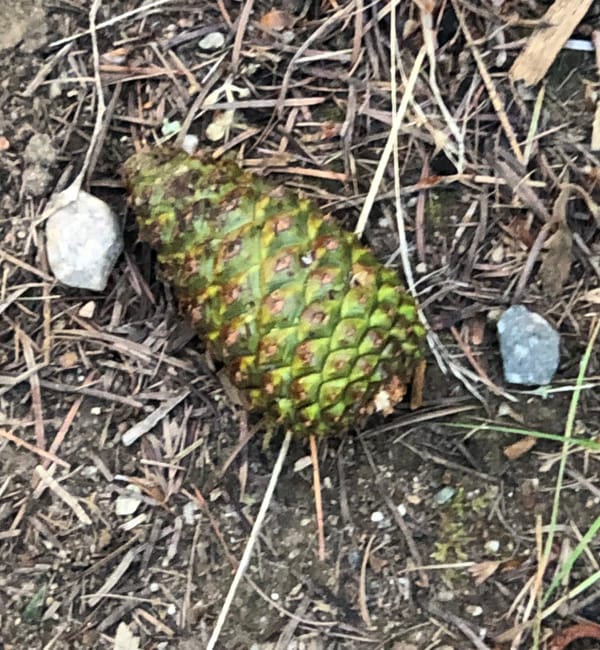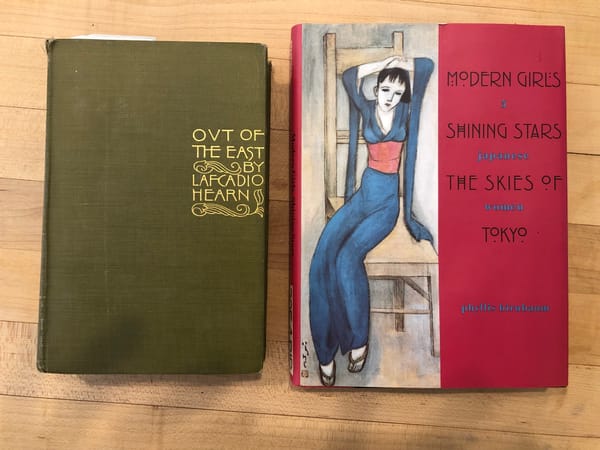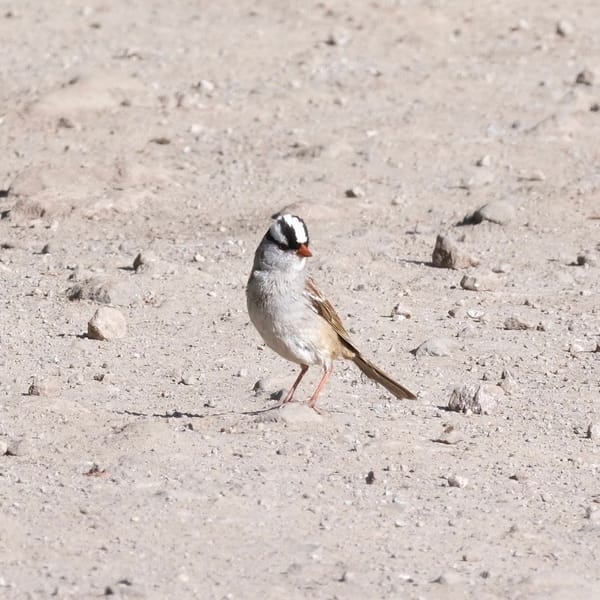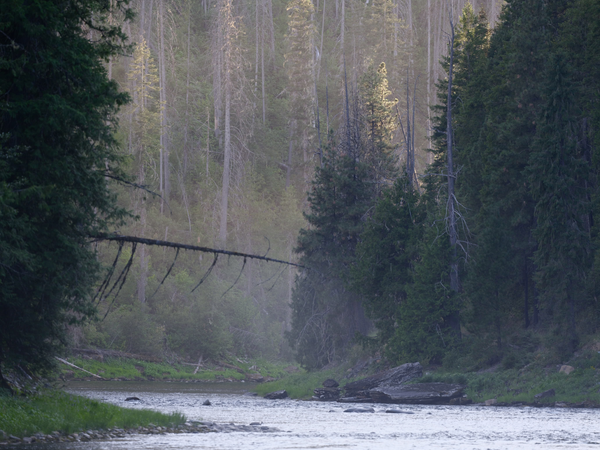Ode to the Western White Pine
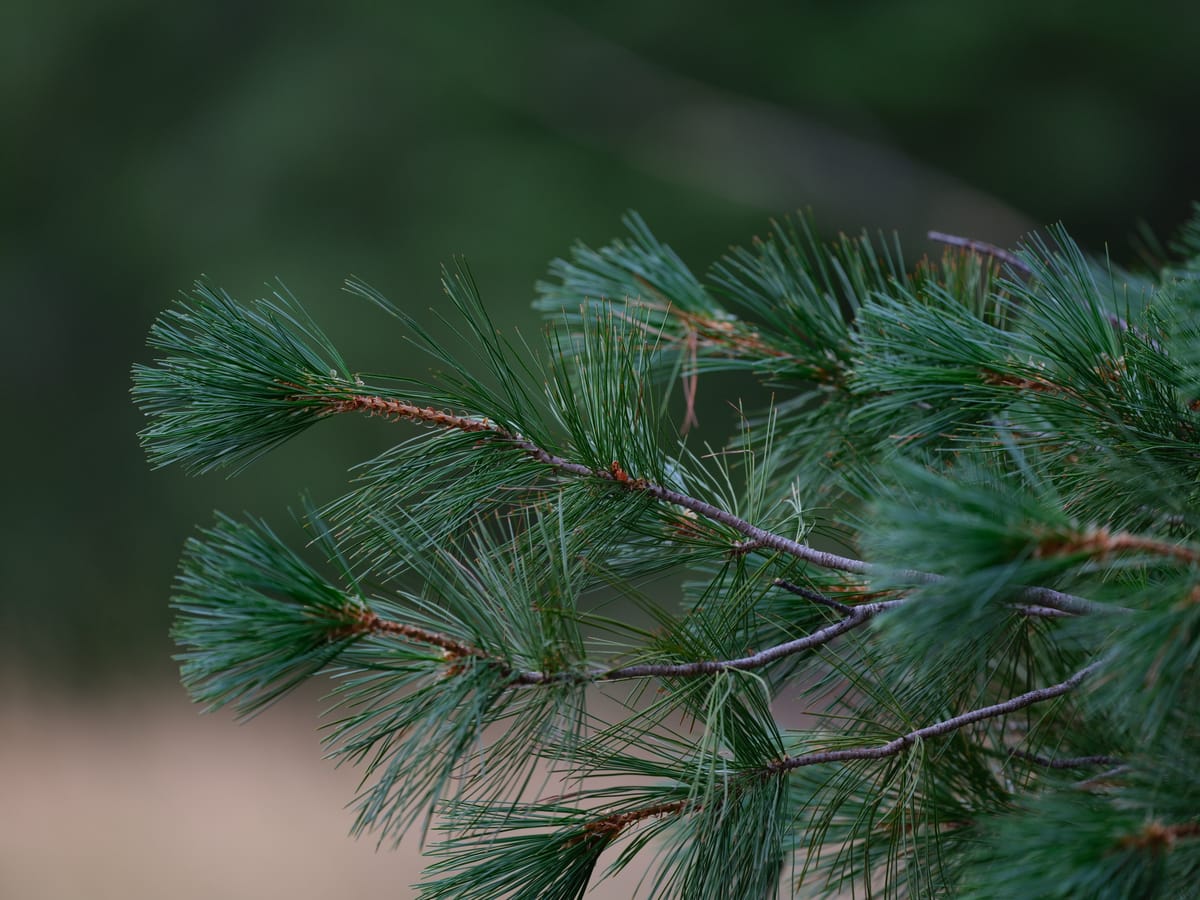
The western white pine has become my favorite tree at least for now. It also happens to be Idaho’s state tree which I learned only after my decision to elevate to the lofty esteem that I currently hold it in.
My position on the tree is its sheer beauty. The blue-green needles have a length and shape that seems iconic. The needles are arranged in five needle bunches which make the boughs fuller. (It is a member of the five needle pine family which includes Sugar pines and the iconic Bristlecone pine tree. The five needle pines are susceptable to a fungus introduced with raspberry agriculture which makes them more vulnerable to disease.)
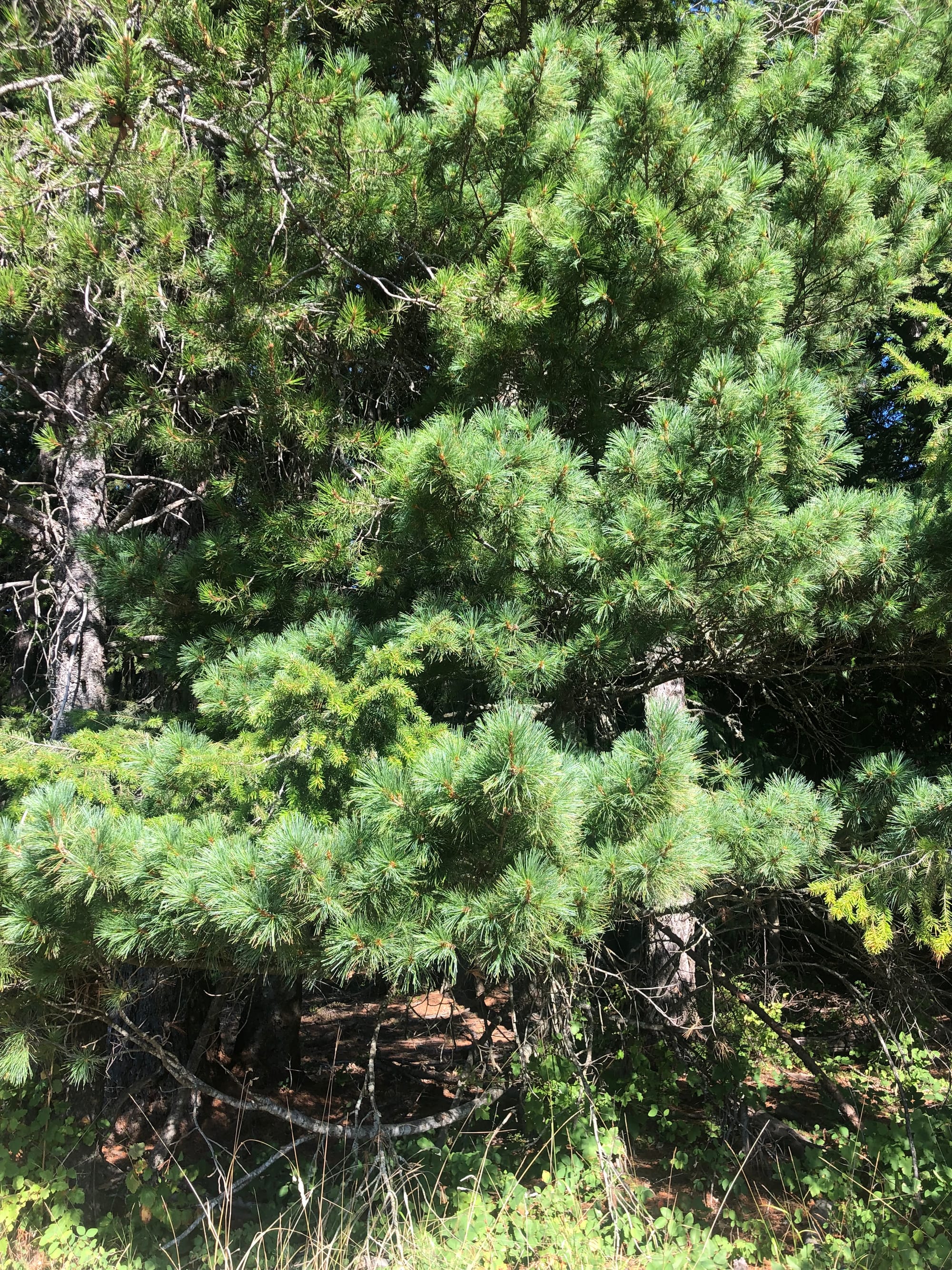
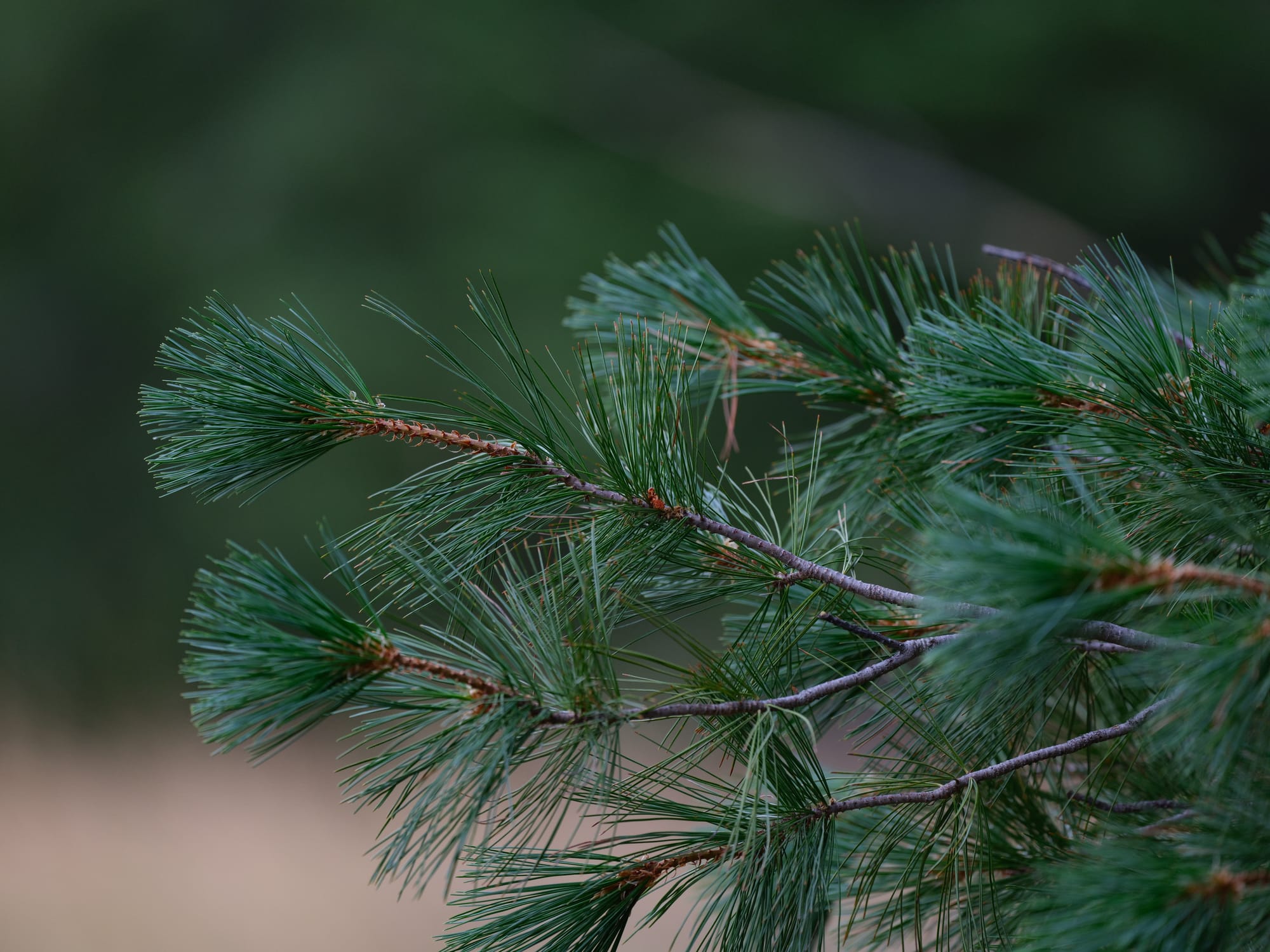
The young trees have a white bark which I suppose is the reason for their name.
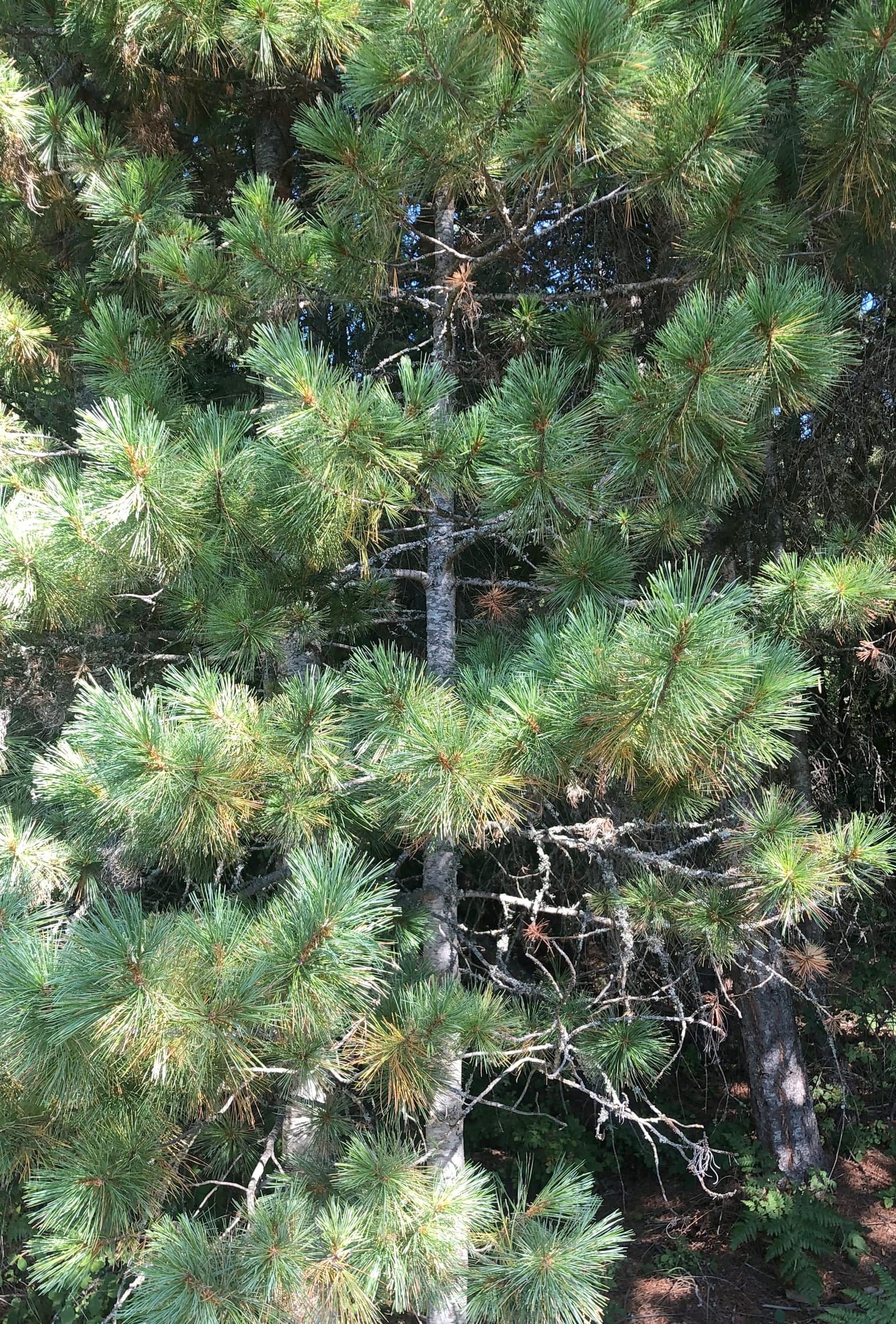
Though it must be said that lumbermen have their own names for trees based on the color of the wood. For instance Douglas fir has the alternative moniker of ‘red fir’ when the heartwood exhibits a deep red color. Some Ponderosa pine becomes ‘blue pine’ when the sapwood is spalted and exhibits a blueish gray color from some fungal infection.
The Western White pine is known for its straight smooth grain and stability and is prized for use in architectural trim work. It was also used for the same reaosn in making matchsticks. It is sometimes called matchwood as a result and there is a history of making matches here in North Idaho. Diamond Match company had mills in the area and a match making machine. They made the matchsticks here and sent them back east to have phosphor tips put on and packaged.
The Ohio Match company was here as well and there is still a road name Ohio Match Road that crosses highway 95 that marks where their mill was near Garwood.
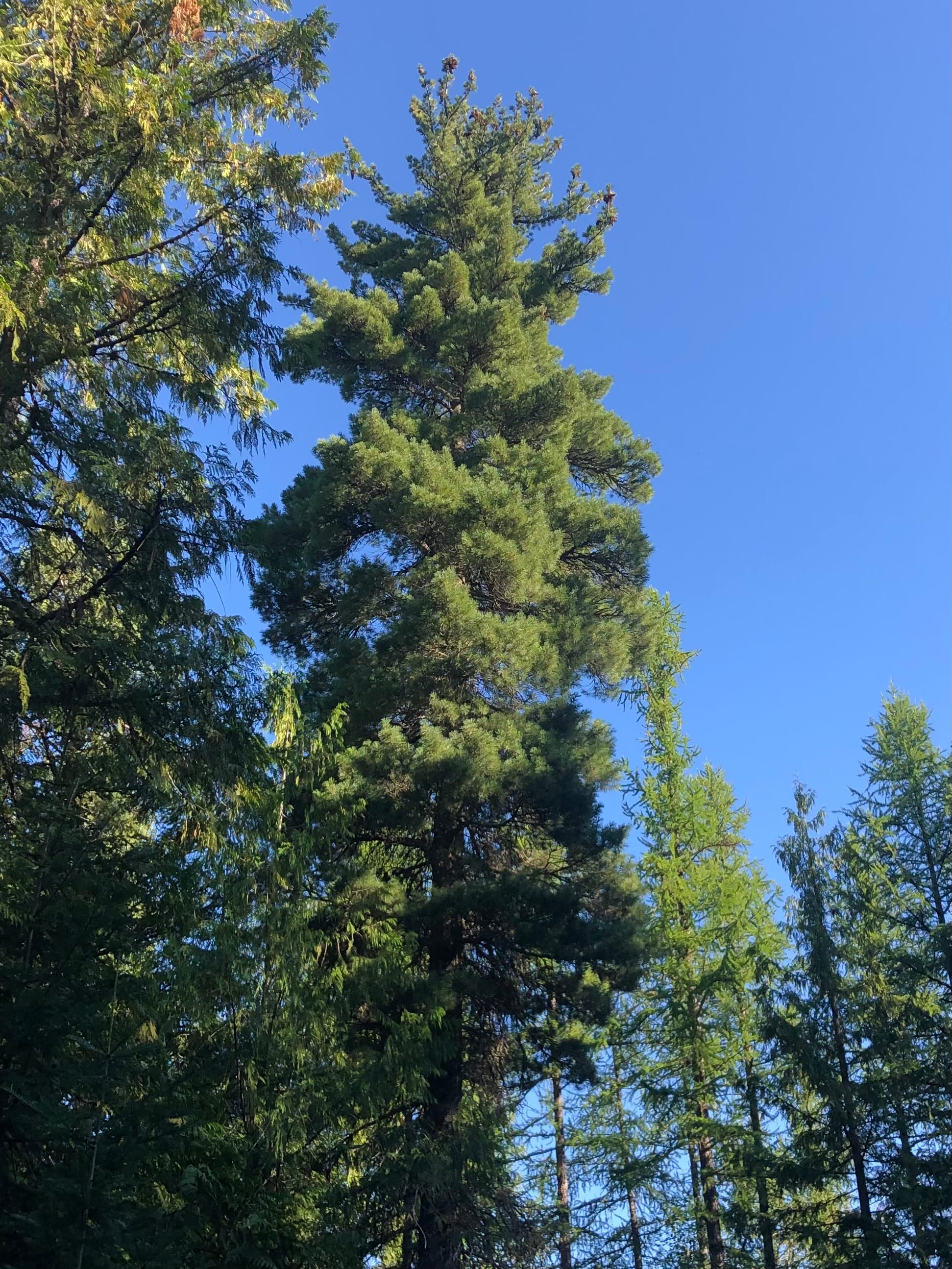
In order to make matchsticks with as little waste as possible it was necessary to split the wood rather than saw it. Sawing creates a kerf where the blade passes and this results in sawdust which for a 2x4 isn’t much waste but a saw blade could take up half the width of a match. So the matches were split like firewood which is why wooden matches are rough. White pine was particularly easy to split along straight lines owing to the evenness of the grain. Pine is soft as well which makes the process easier.
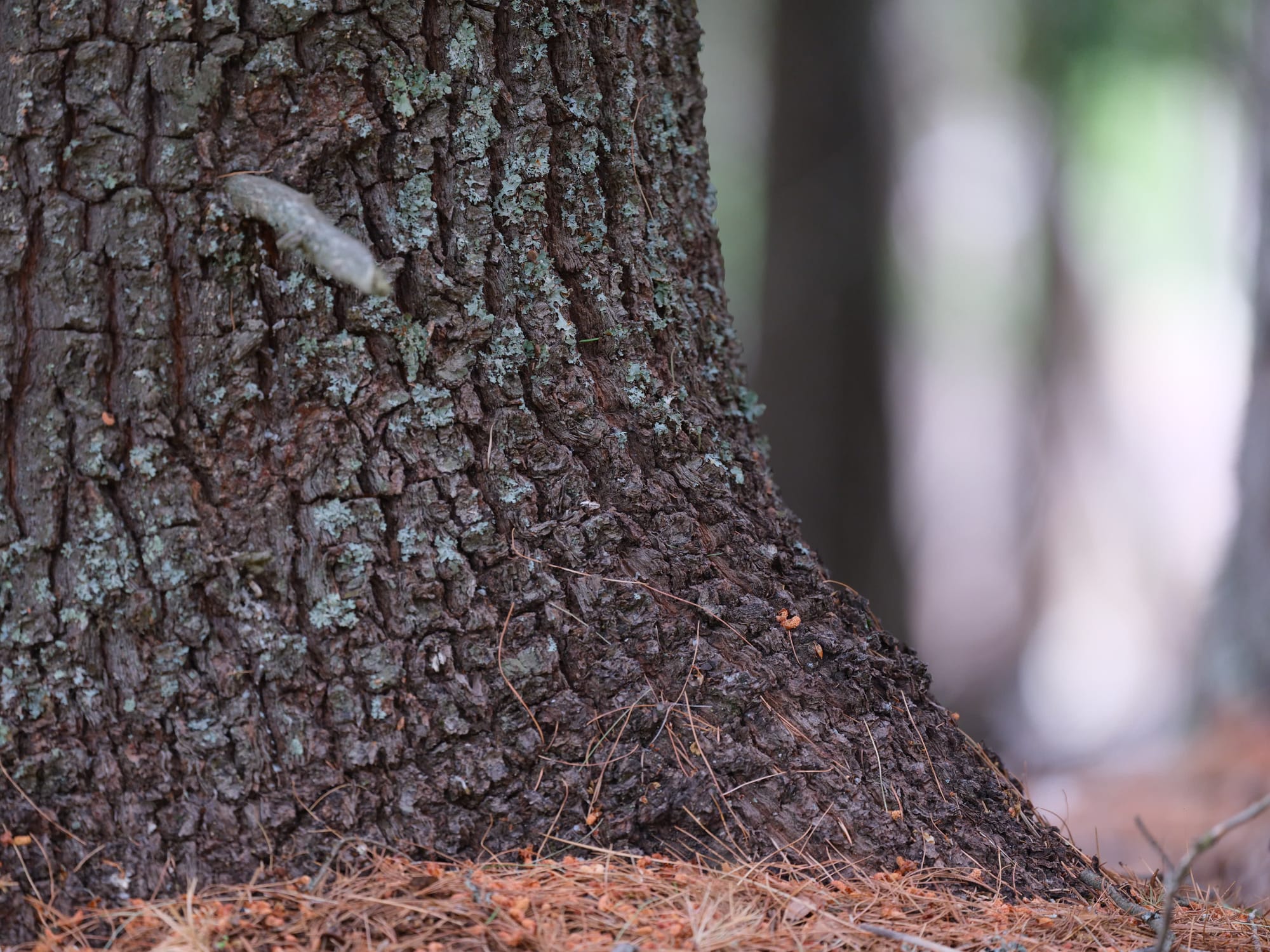
The mature trees have a recognizable texture akin to alligator skin. This for me is the most reliable means of recognizing the mature trees when the boughs and cones are out of sight in the canopy.
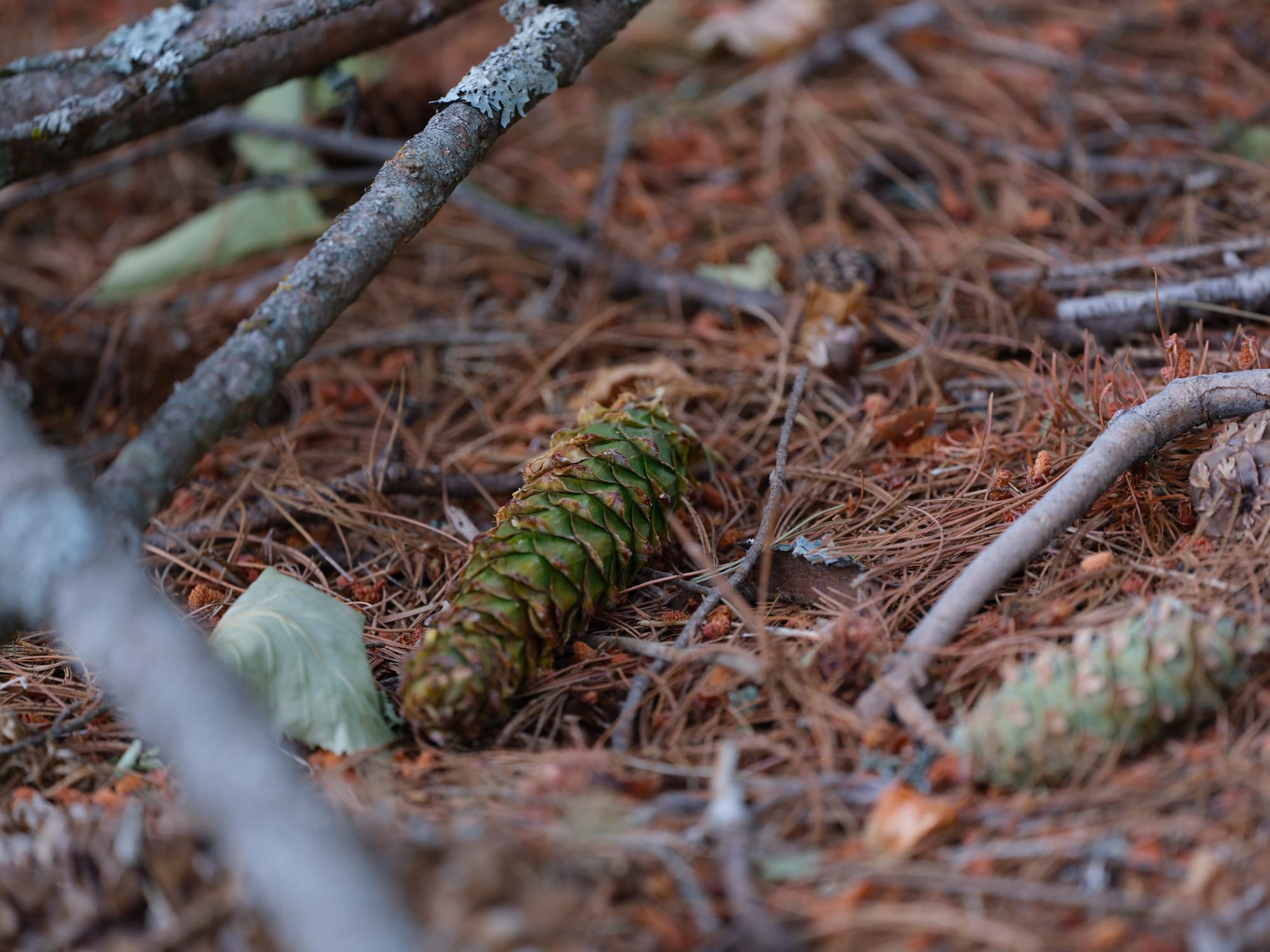
The cones are usually present in great masses in the tops of the trees near the crown. They are long with thick scales. They are longer than Ponderosa cones but typically narrower. The scales do not have such sharp points either.
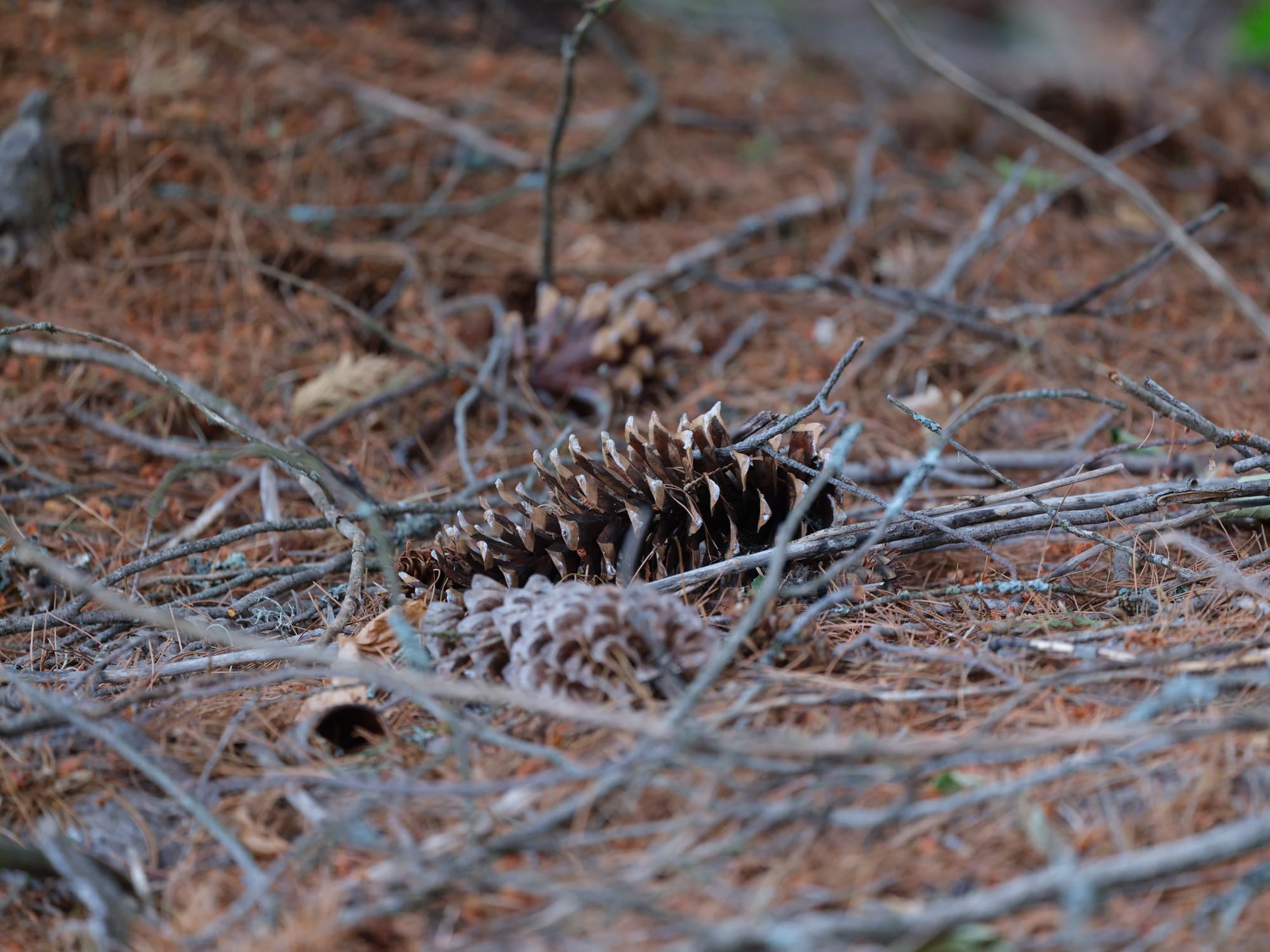
The branches arrange themselves on distinct radial layers up the length of the trunk that makes for a distinctive profile when viewed from a distance.
